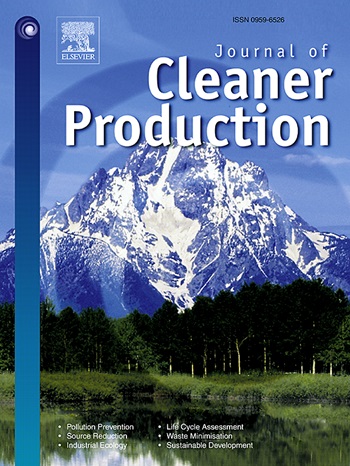The role of carbon tax in the transition from a linear economy to a circular economy business model in manufacturing
IF 9.7
1区 环境科学与生态学
Q1 ENGINEERING, ENVIRONMENTAL
引用次数: 0
Abstract
In recent years, the need to adopt Circular Economy (CE) business models has become increasingly evident. Nevertheless, the adoption of CE business models remains low, with companies continuing to use Linear Economy (LE) models. However, this may change with recent governmental measures: governments are increasingly implementing regulations and policies to reduce CO2,eq emissions, potentially encouraging firms to shift from LE to CE business models. Among the various regulations and policies, carbon taxes are prominent due to their effectiveness in reducing CO2,eq emissions. The adoption of carbon taxes could incentivize companies to prefer CE business models over LE, as CE would reduce CO2,eq emissions and, consequently, the taxes to be paid. The literature, however, has overlooked this aspect. No study has yet investigated the role of carbon tax and its influence on the choice between LE and CE business models in manufacturing organizations. This study aims to fill this gap by investigating the role of carbon tax in the choice between LE and CE and in the transition from the former to the latter. An integrated methodological framework was adopted, employing various methodologies, including simulation factorial experiments, sensitivity analyses, and decision tree algorithms. The results indicate that the current carbon tax values are too low to impact the transition from LE to CE. To support governmental bodies in determining the minimum carbon tax value needed to influence the business model decision-making process, carbon tax level curves were developed. The findings reveal that there is no single preferable minimum carbon tax value; instead, this minimum value depends on product characteristics in terms of costs and CO2,eq emissions.
求助全文
约1分钟内获得全文
求助全文
来源期刊

Journal of Cleaner Production
环境科学-工程:环境
CiteScore
20.40
自引率
9.00%
发文量
4720
审稿时长
111 days
期刊介绍:
The Journal of Cleaner Production is an international, transdisciplinary journal that addresses and discusses theoretical and practical Cleaner Production, Environmental, and Sustainability issues. It aims to help societies become more sustainable by focusing on the concept of 'Cleaner Production', which aims at preventing waste production and increasing efficiencies in energy, water, resources, and human capital use. The journal serves as a platform for corporations, governments, education institutions, regions, and societies to engage in discussions and research related to Cleaner Production, environmental, and sustainability practices.
 求助内容:
求助内容: 应助结果提醒方式:
应助结果提醒方式:


